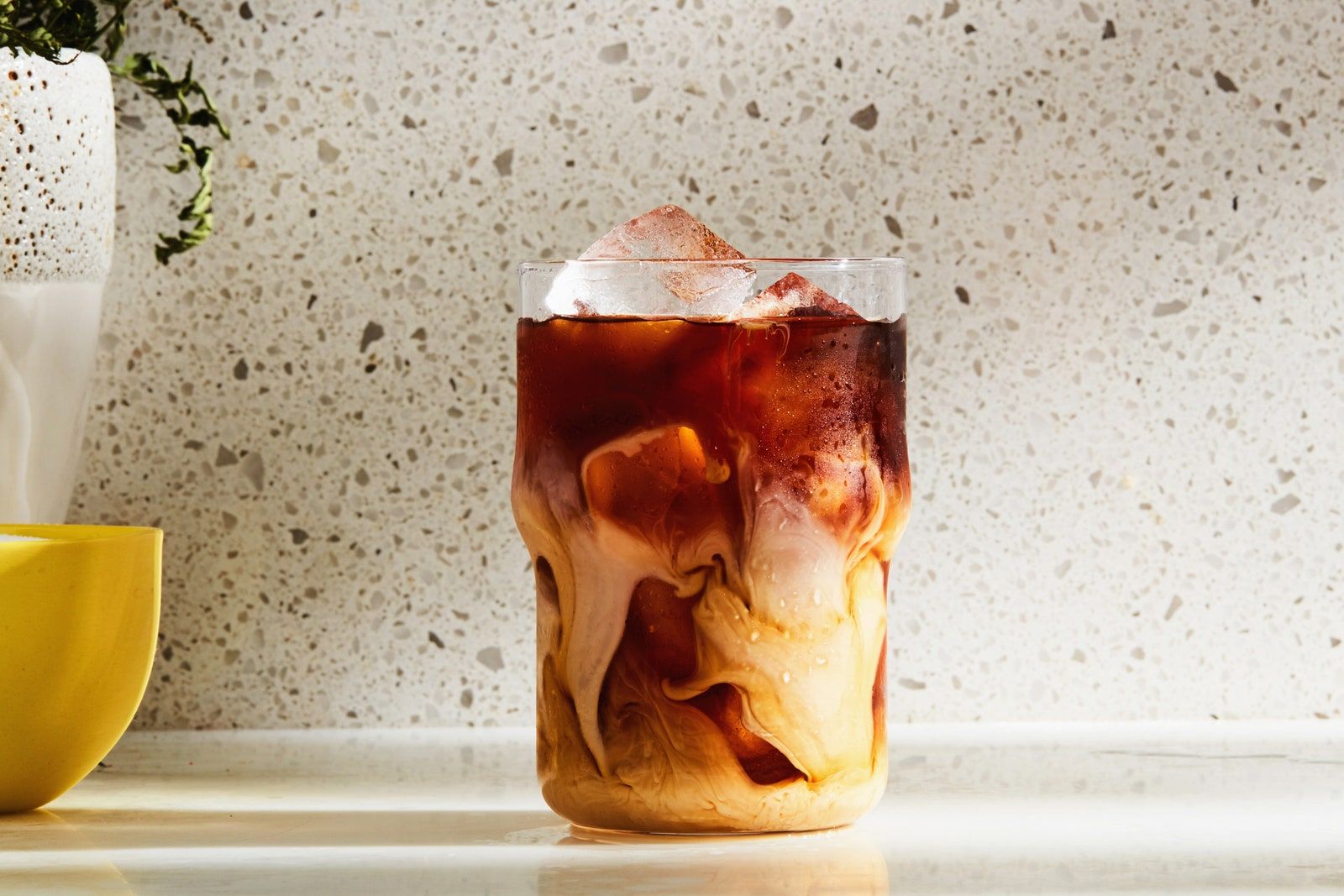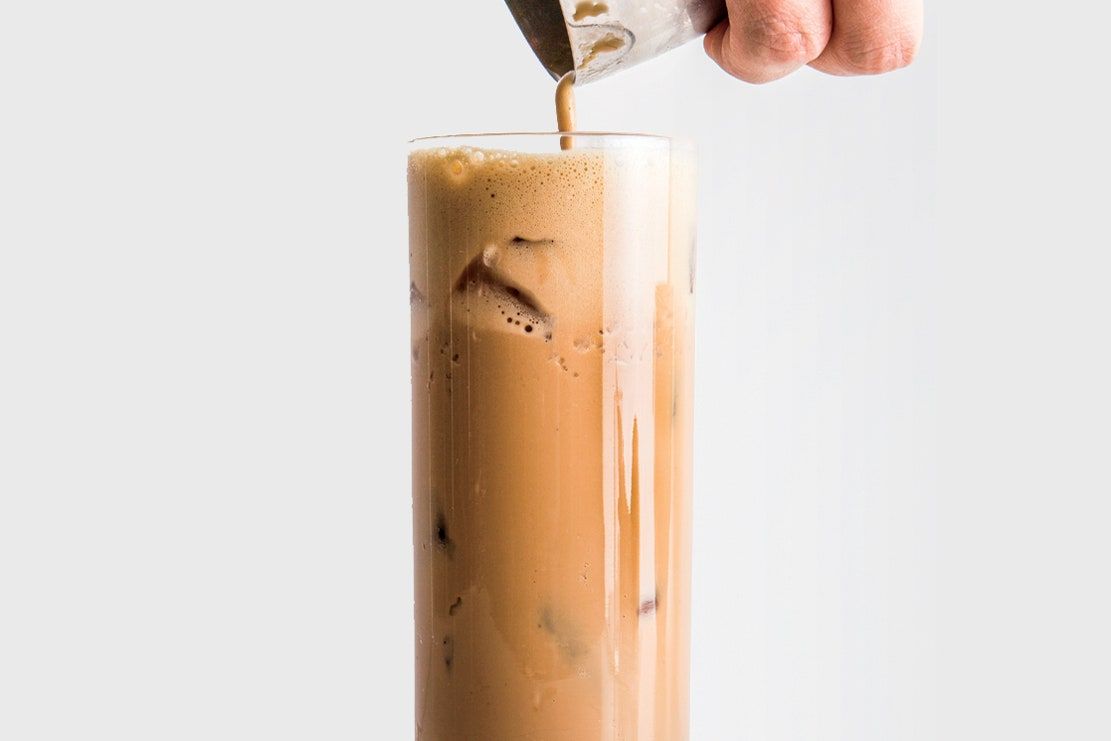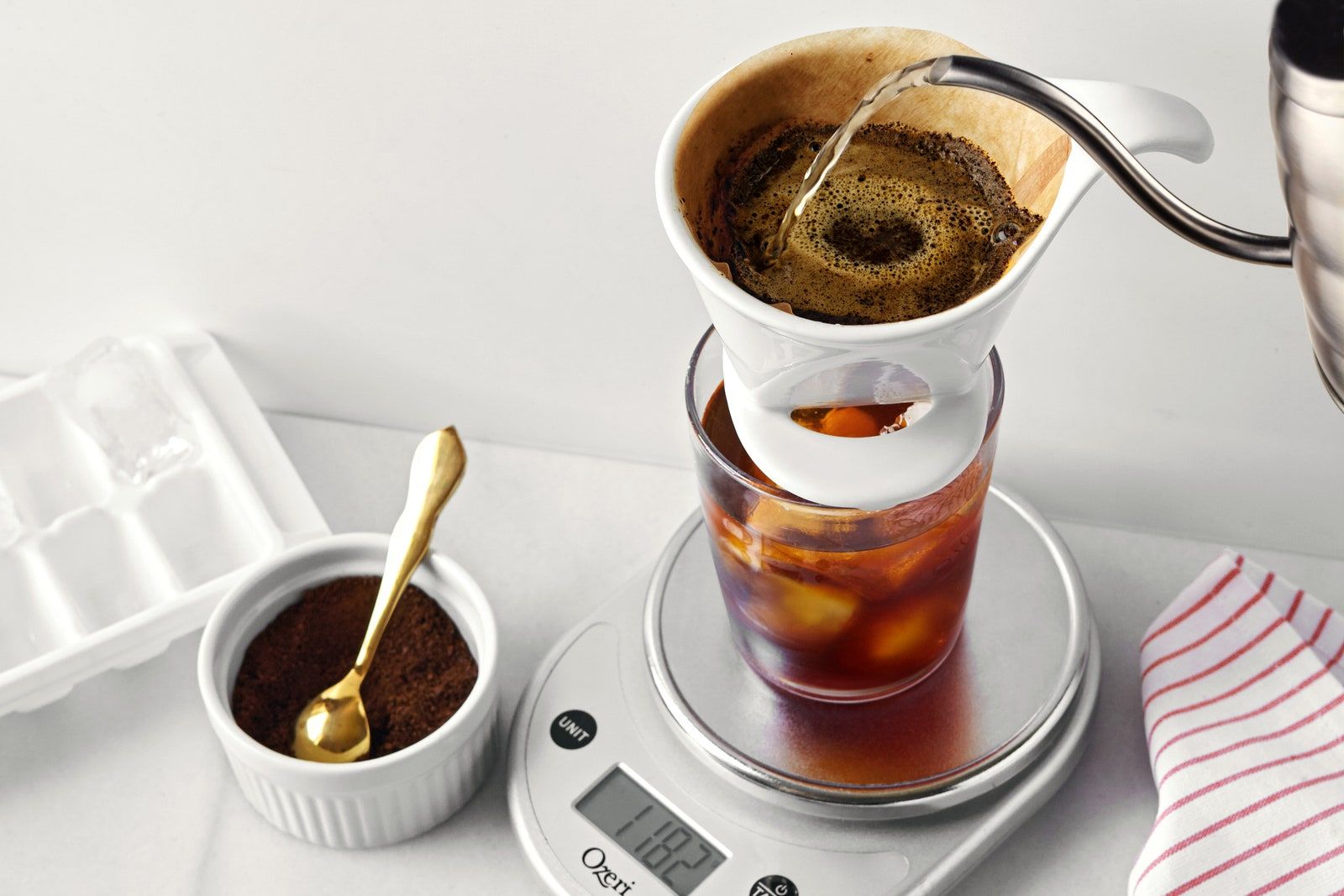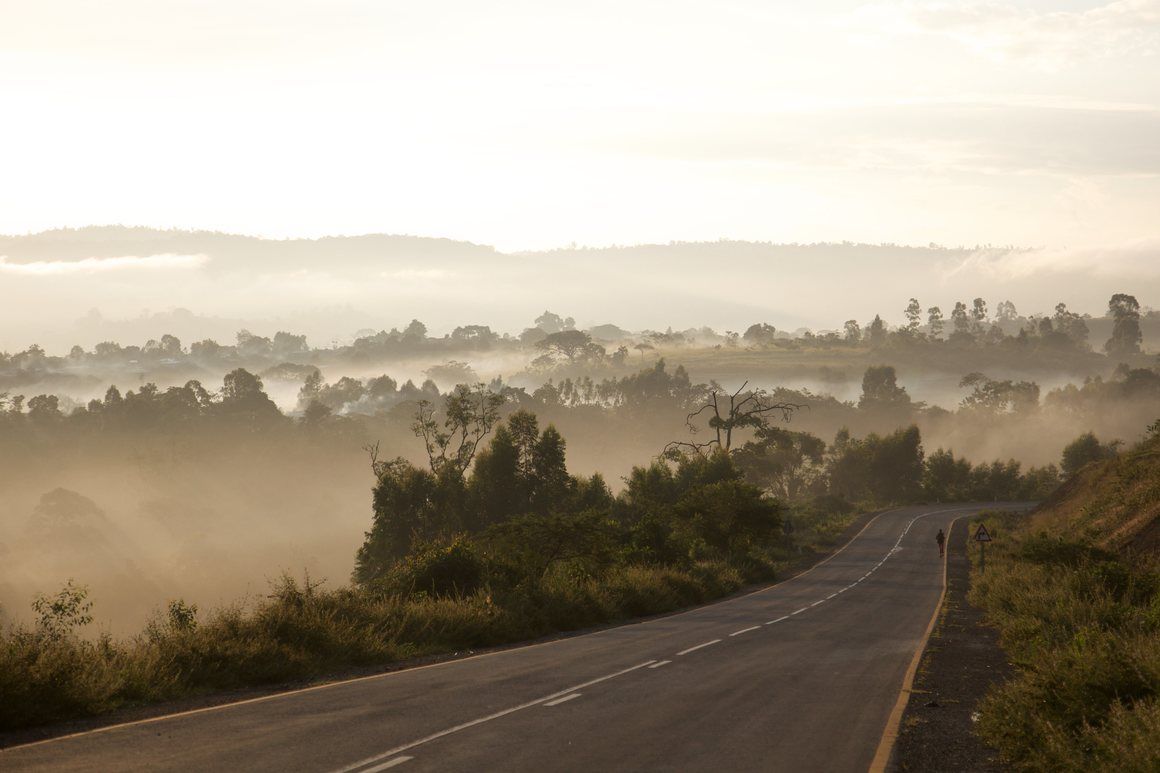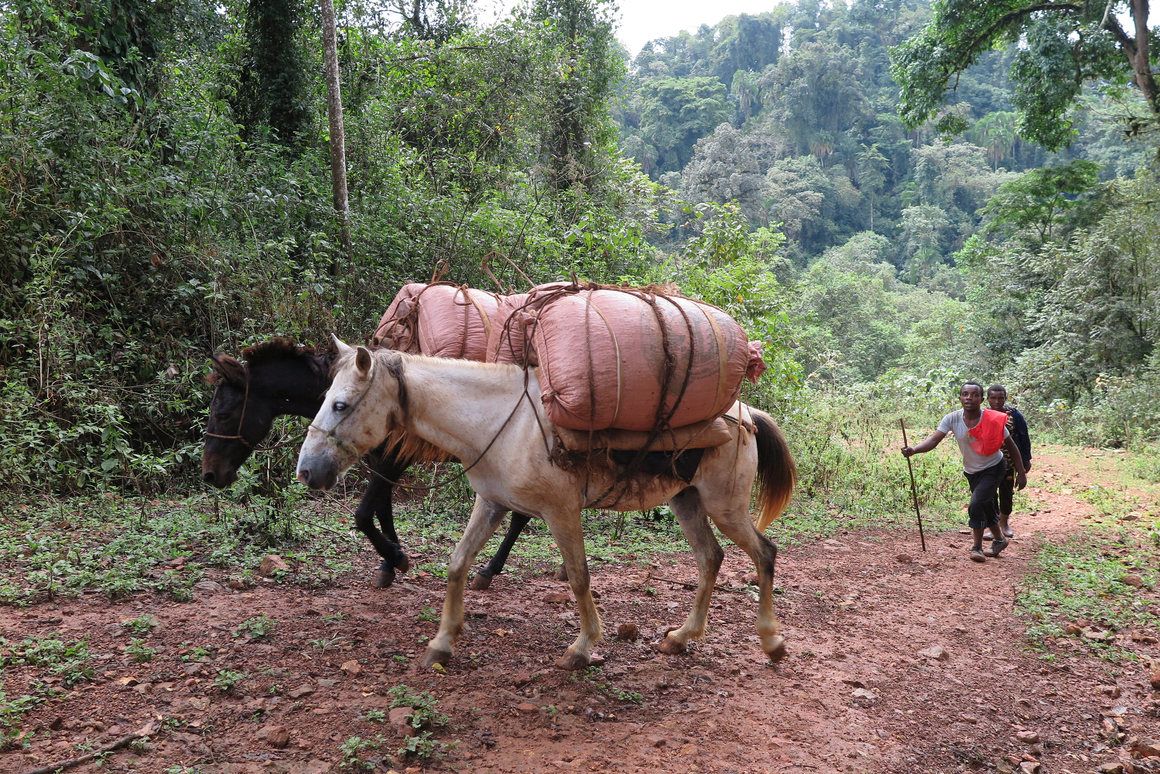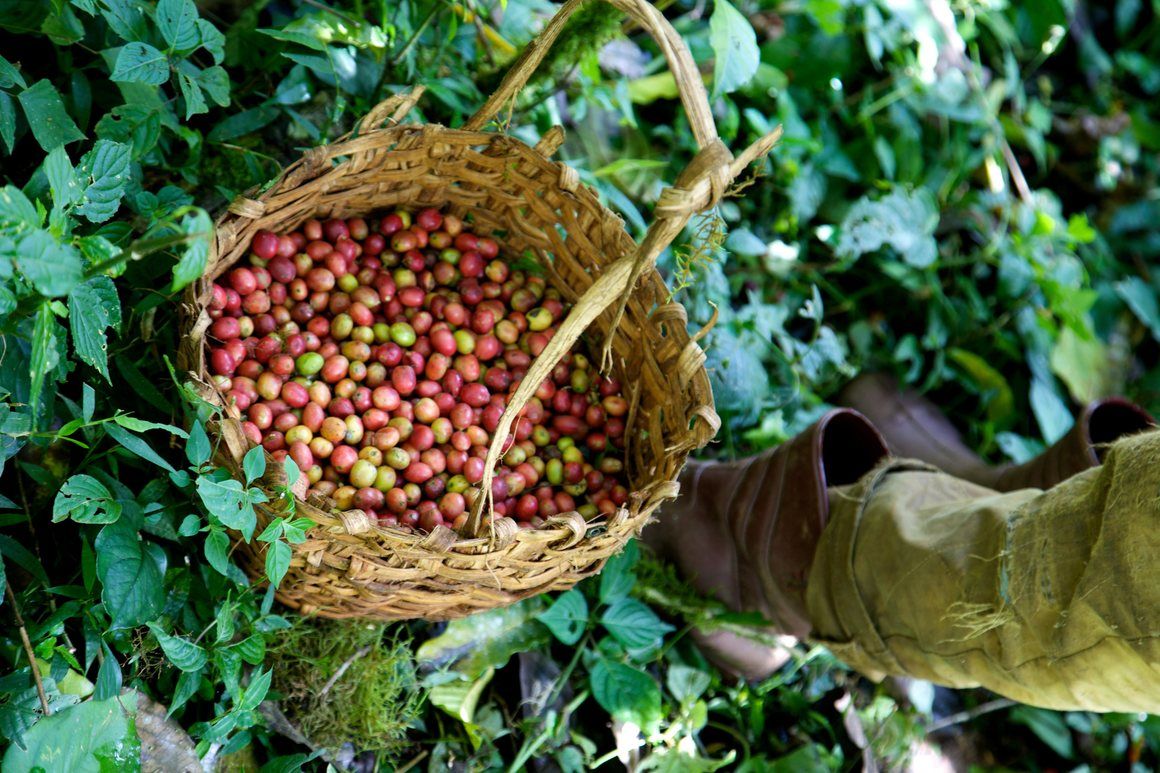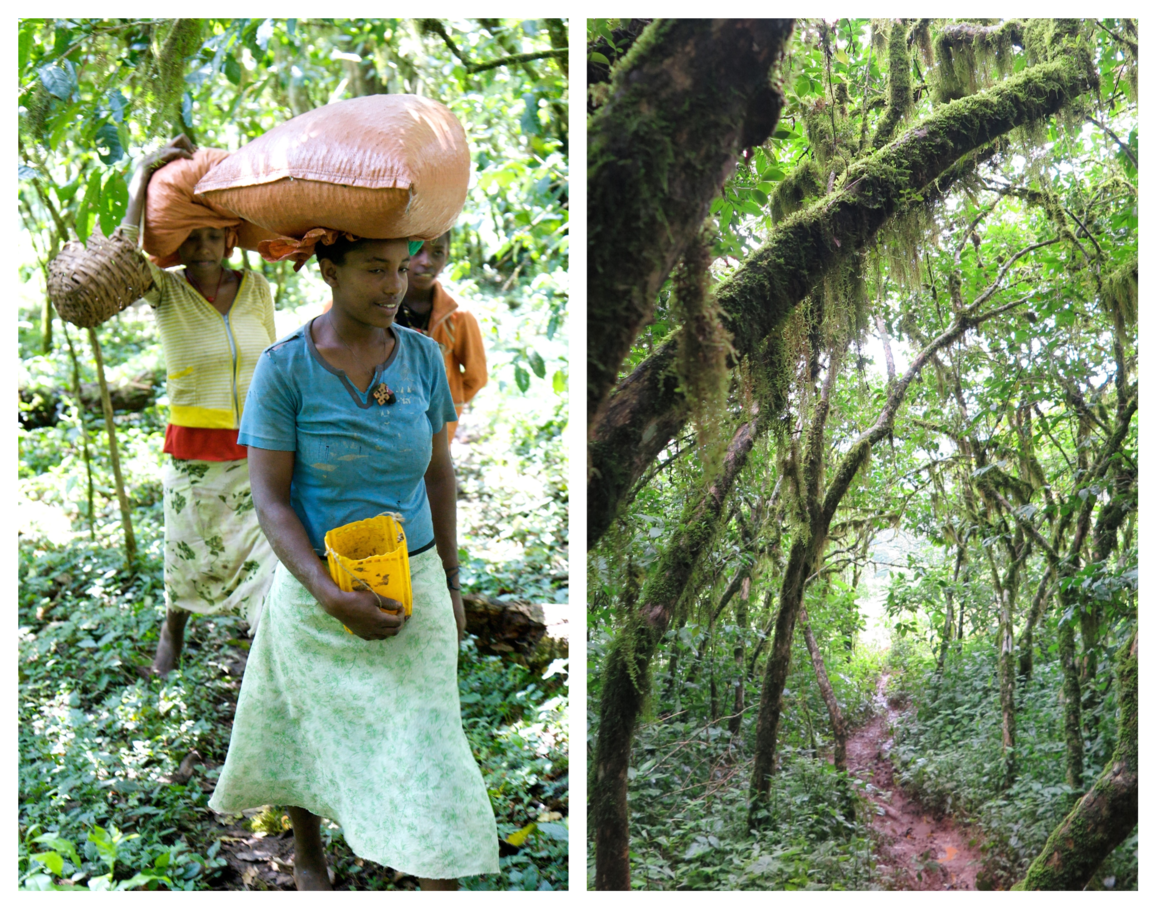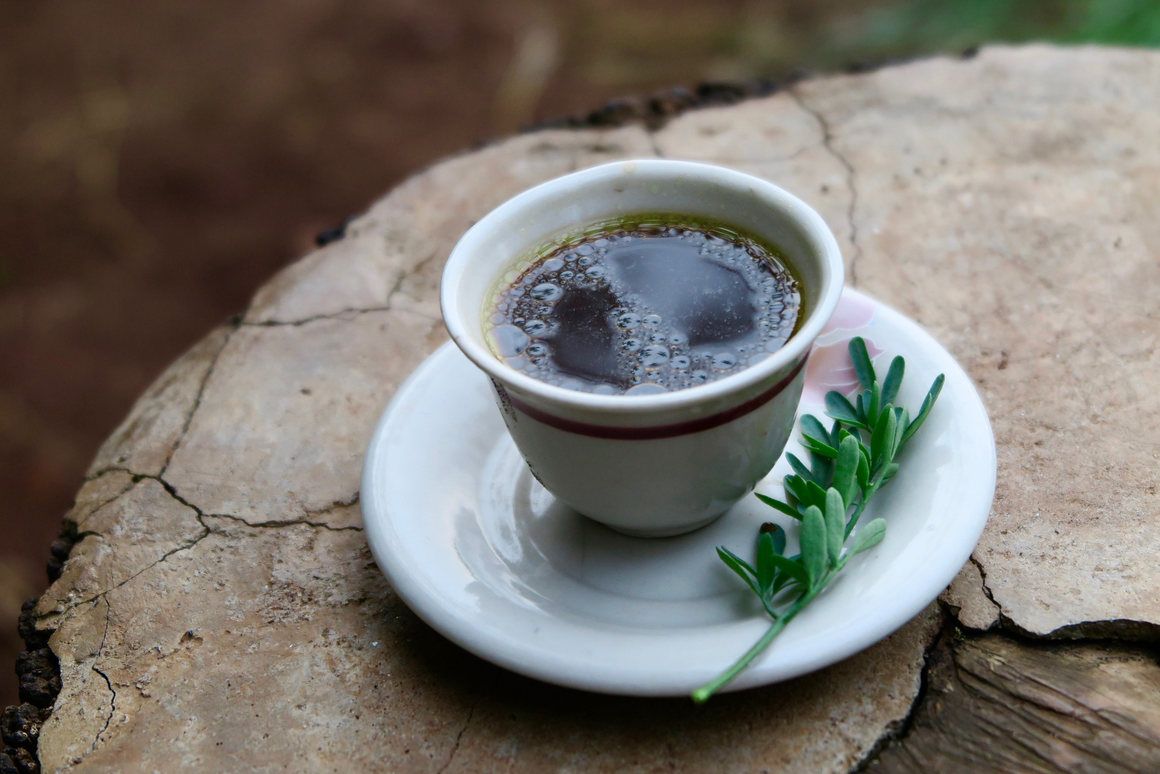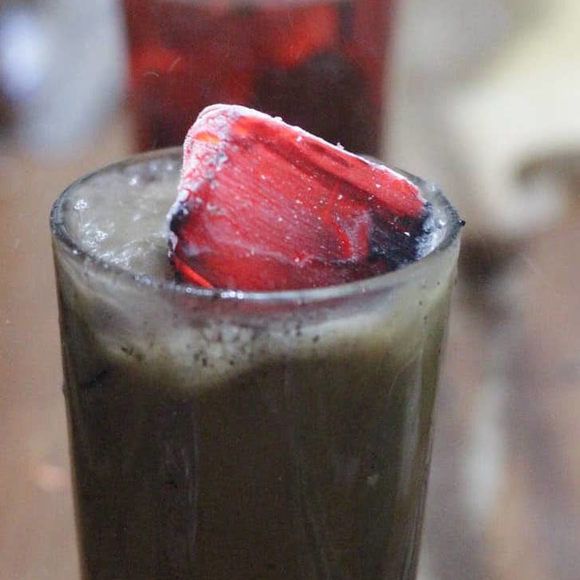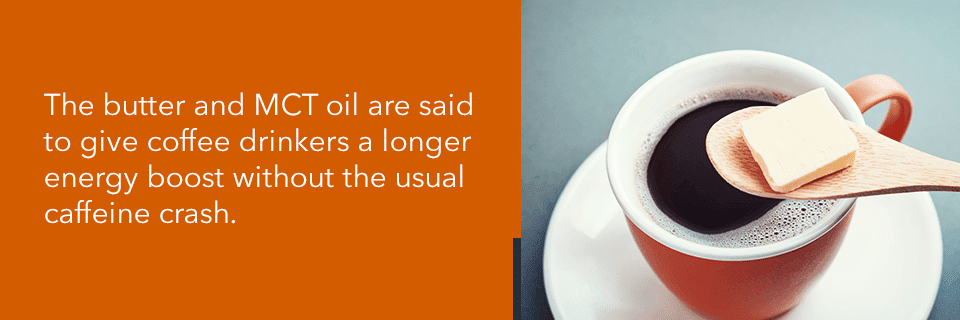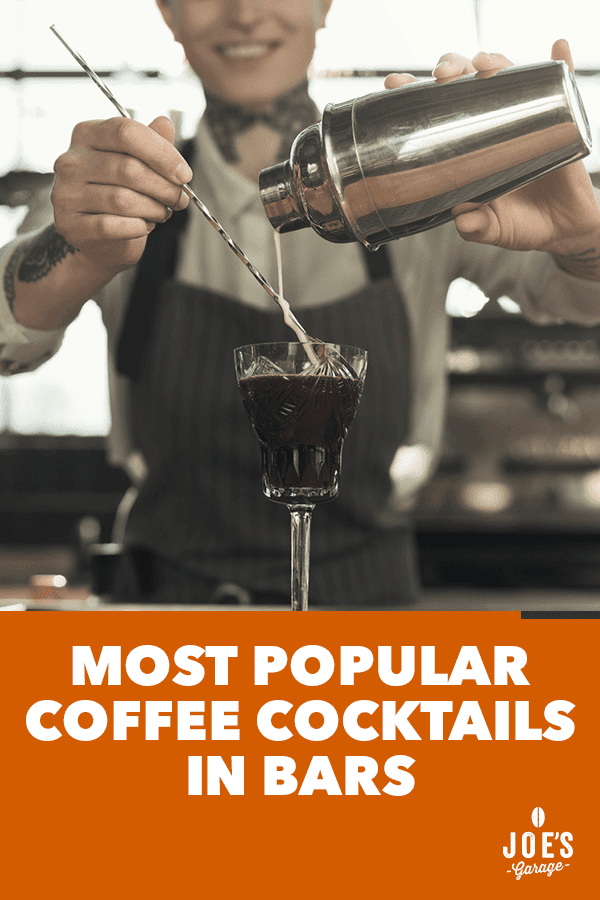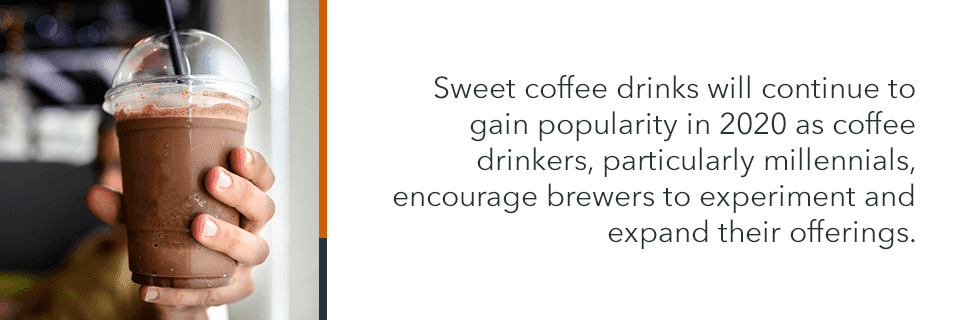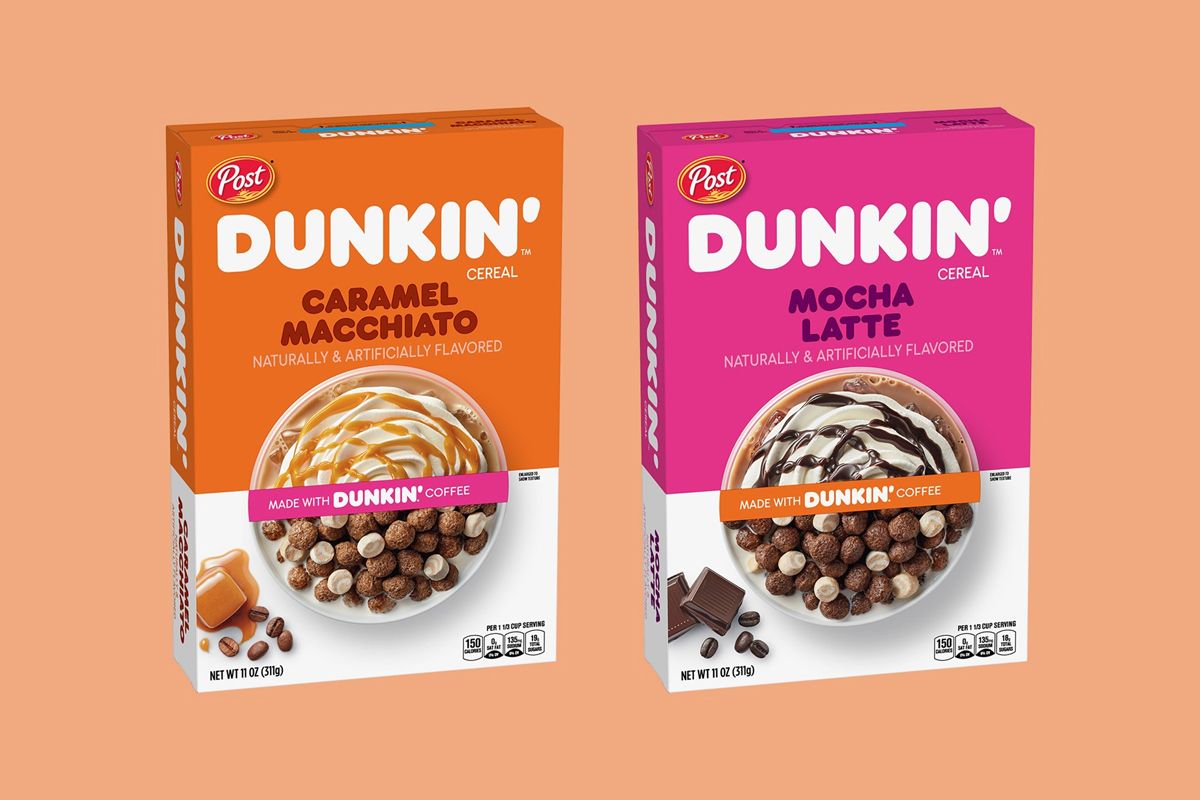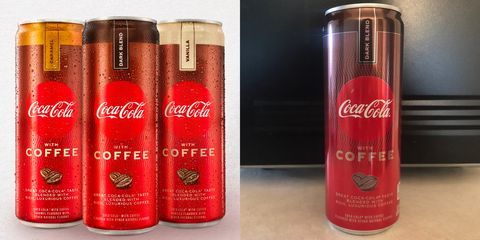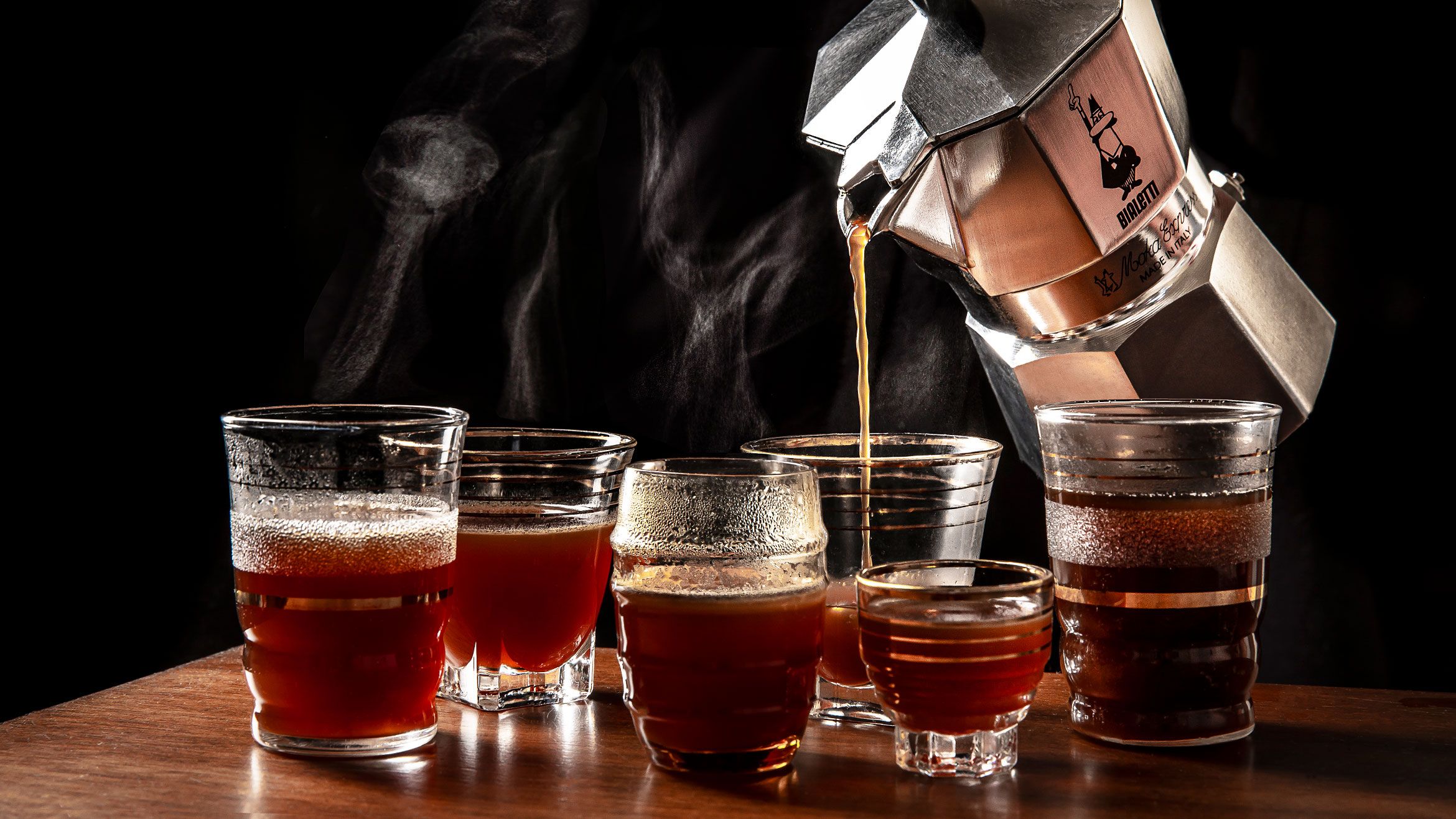https://www.epicurious.com/expert-a...wn&utm_medium=Email&cid=118098&mid=1918586317
The Best Way to Make Iced Coffee (It Isn’t Cold Brew)
Plus, how to make iced coffee that's great, no matter what equipment you have at home.
All products featured on Epicurious are independently selected by our editors. However, when you buy something through our retail links, we may earn an affiliate commission.
Before we really hit
iced coffee season, I want to register some complaints about cold brew. Yes, I know it has become ubiquitous, with the
stubbies and the Ventis and the milkshake-sweet
New Orleans style. But just because something has gotten popular doesn’t mean it’s good. And now that
you’re in control of your coffee destiny, you have an opportunity to try better methods for making iced coffee, no matter what sort of
coffee-making equipment you have.
Wait… Cold brew is bad? But that cute barista convinced me it was somehow more delicious!?! Sorry, you were duped. Or maybe we all were. Cold brew was new and intriguing in the early 2010s and soon, well-marketed, perhaps because it’s fairly easy for a café to produce, especially compared with individual espresso shots. But fundamentally, you’re not getting the most out of your coffee beans in cold brew, in terms of flavor
or financial investment.
Let’s start with the flavor. Cold brew can be smooth and mellow, but it lacks what can be exciting about good coffee. Ryan Moser of Blanchard’s Coffee Company in Richmond, VA walked me through it: “What’s innately unique about really good coffee is the amount of volatile aromatic compounds that are developed during the roasting process,” he said. “These compounds are the reason why your coffee can have a hint of blueberry or remind you of pipe tobacco”—they’re what sets one coffee apart from another. To get these flavors and aromas into your cup, though, you need hot water, which has the power to coax all those flavors out of your coffee beans and into the liquid of your brew. Cold water simply doesn’t dissolve the good stuff. “With cold brew, you’re really missing most of this experience,” Moser says.
It looks good, but does it really taste good?
Photo by Chelsea Kyle
And let’s not get started about your steeping vessel. Is it truly airtight? If air is circulating in and out of the pour spout of your French press, or there’s a lot of space inside the vessel and the coffee’s unprotected, your drink is getting oxidized and stale. Think of a cut apple turning brown: that’s your cardboardy-tasting week-old cold brew.
What’s worse, Moser adds, is that all too often, cold brew is actually made at a tepid temperature (say, north of 41 degrees), “which truly just maximizes on the mildew-scummy flavors this style of brewing displays,” without actually being hot enough to help your coffee shine.
Finally—and this is what really turned me against steeping cold brew at home—there’s the cost. To make cold brew, you often start with a large measure of coarsely ground coffee—sometimes
double what you’d use for other methods. Especially now, I want each pound of coffee I buy to go a little further.
So, what’s the best way to make refreshing iced coffee at home? Moser walked me through a better option for basically every sort of coffee brewer you might have, and I went on a highly caffeinated bender trying them all. I came out of that somewhat jittery weekend with two enthusiastic recommendations.
How to make the best iced coffee: shake your espresso
Shake it up, baby.
Photo by Alex Lau
Iced coffee brewed with cold water can be bland, but of course, there are problems with hot water, too. If you pour your regular steaming hot coffee over ice, that ice melts, adding too much water to the mix and making it weak.
A Japanese method that’s been around for a long, long time circumvents this problem: in Japanese-style flash-brewing, the brewing water is hot, but the recipe takes the ice in your serving vessel into account, so the total amount of water isn’t increased. Getting hot, concentrated—and aromatically rich—coffee immediately onto ice that melts to add only as much water as you
wanted to add makes for much more flavorful, dynamic iced coffee.
You’ll see how that theory is applied below, but espresso is sort of the outlier. If you’re lucky enough to have an
espresso machine at home, you’re probably pulling shots that are concentrated enough that they can handle a touch of dilution. It’s easy to let your shot drip directly into a cup of ice with a few ounces of water in it to make an iced Americano, but if you really want to treat yourself, a little extra effort makes the best iced coffee I’ve made at home.
Get out your
cocktail shaker. (I said this method was extra, didn’t I?) Essentially, we’re making an Italian shakerato, though you can customize it to your taste. At its most basic, you’re going to pull your shot and dump it into a cocktail shaker that’s filled with ice. Seal and shake vigorously until the shaker is cold to the touch on the outside—this could take 15 seconds or even more.
Strain into a glass that’s filled with fresh ice. The coffee will be frothy and flavorful, and very, very cold.
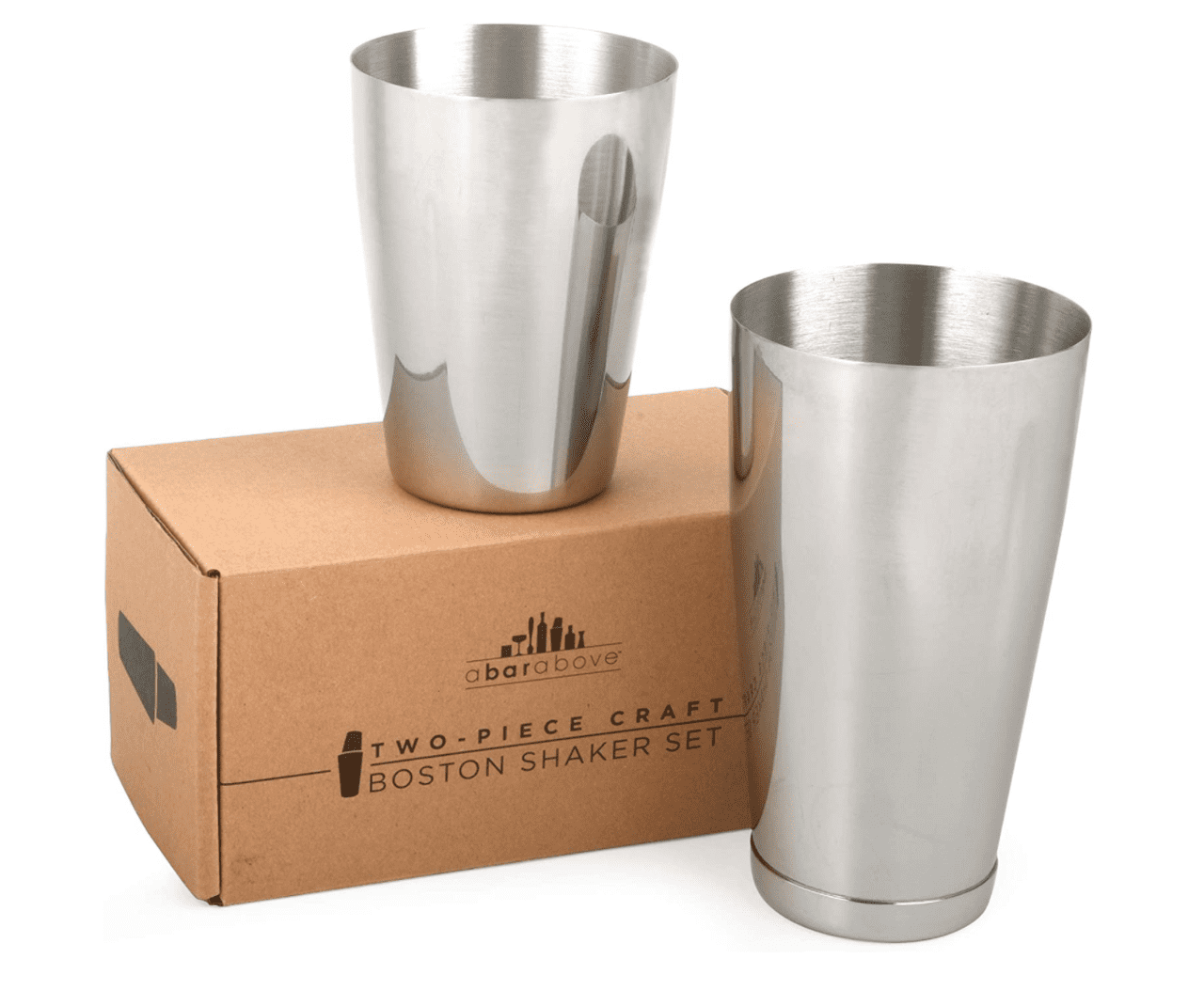
Amazon
Boston Shaker
$25
SHOP NOW
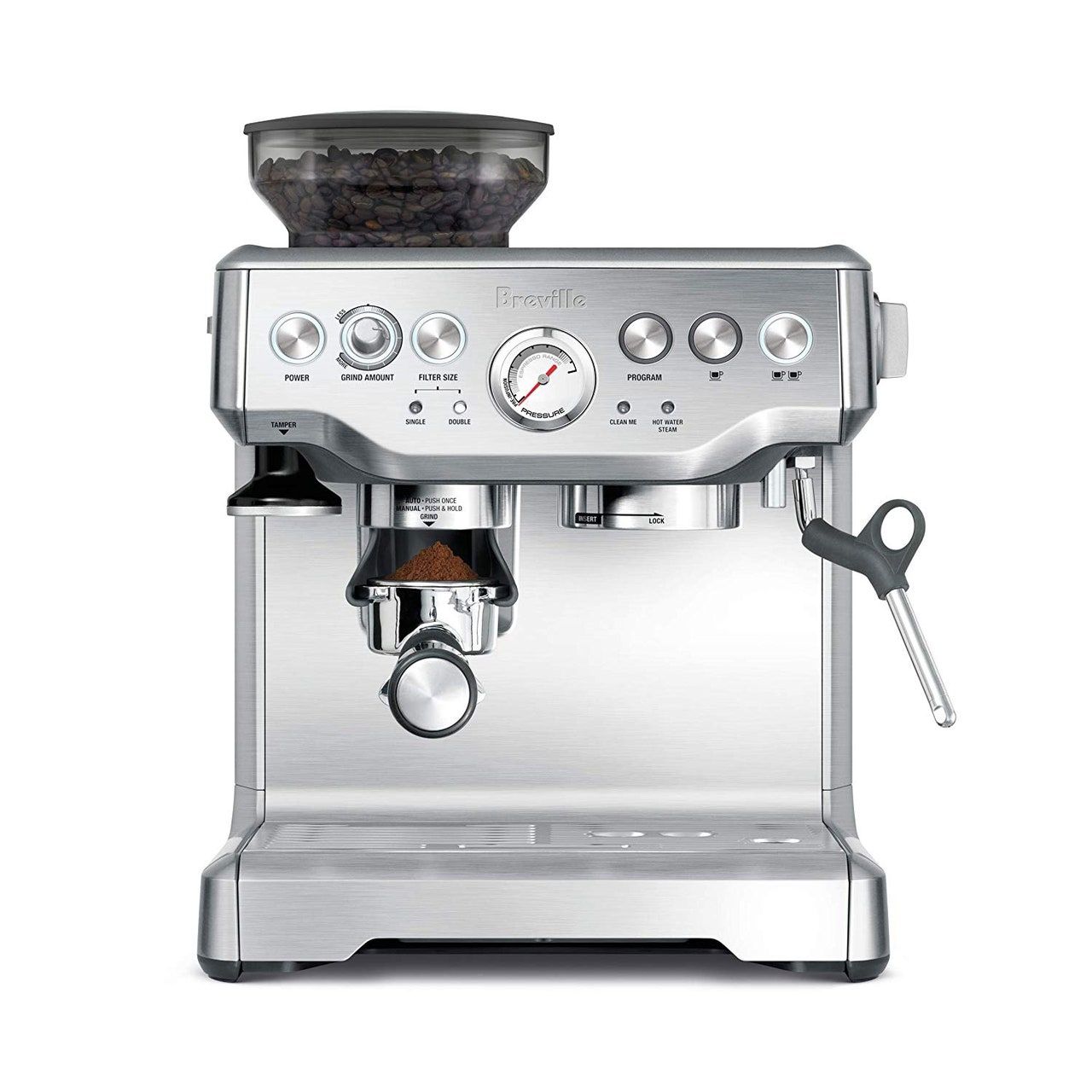
Amazon
Breville the Barista Express Espresso Machine
This espresso machine is the winner of our product tests. Its superior pressure, milk-steaming wand, and built-in grinder make it the unequivocal best espresso machine you can buy for your home for under $1,000.
$572
SHOP NOW
Things can get fun from there: You could add a dash of simple syrup before shaking if you prefer a little sweetness, or even shake the drink with milk if that's your thing. (IMHO, it’s a good thing.)
Sweetened condensed milk? Go for it. If you really want to go over the top, you can garnish your iced coffee with an orange peel or mint sprig, or add orange bitters when you’re shaking. If you can’t be bothered to strain, just dump the shaken drink and its ice into a glass; though I’ll warn you that it’s slightly more difficult to drink that way, given the glassful of ice chips bumping into your mouth.
No espresso machine? You can shake up the shots you make in a
stovetop moka pot-type brewer. I don’t currently own one of these, but my highly caffeinated coworkers highly recommend trying it. (Kendra Vaculin likes hers with a drop of maple syrup.)
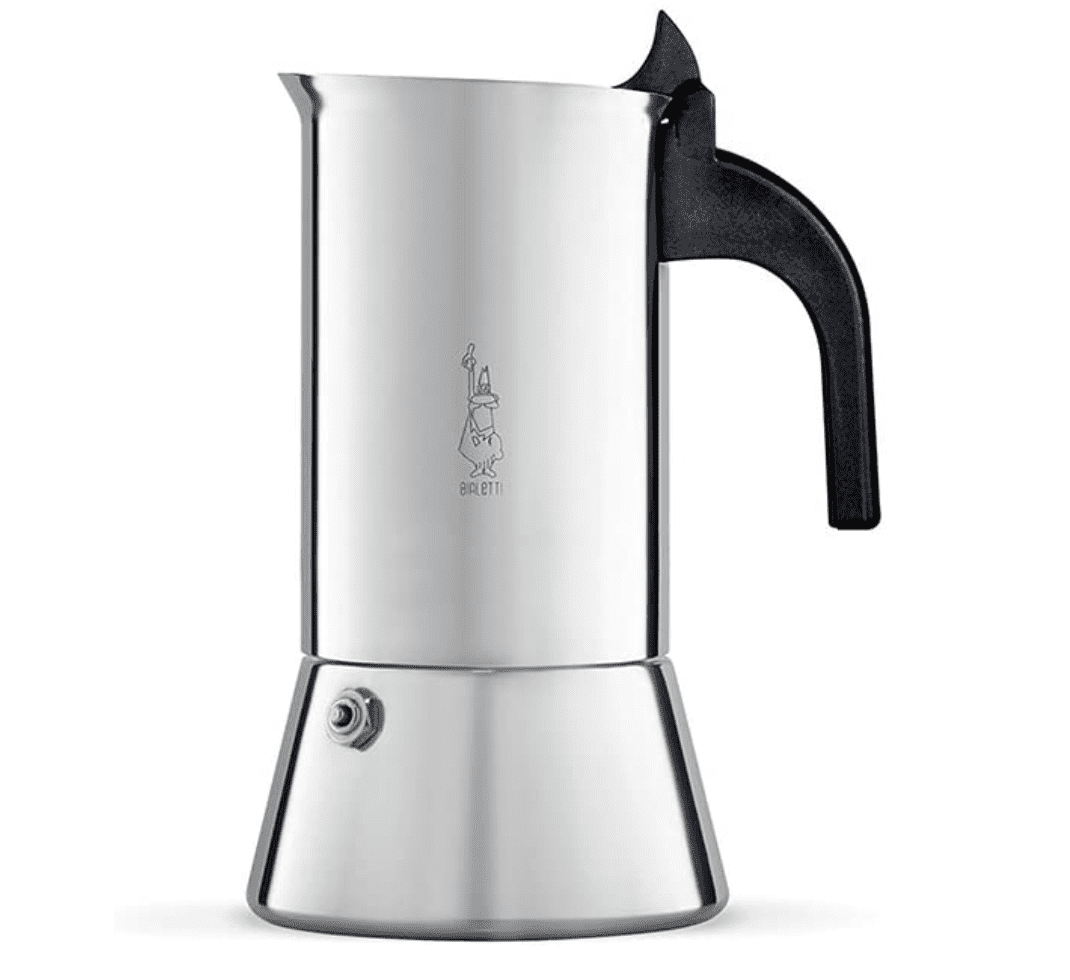
Amazon
Bialetti Venus
$40
SHOP NOW
Runner up: Flash-Brewed Aeropress
If you don’t have an espresso machine or stovetop moka pot, you’re not out of luck: this runner-up drink is also delicious. It starts with an
Aeropress, which may be the best bang-for-your-buck piece of coffee equipment around, especially when outfitted with a
metal filter gismo that increases the possible pressure (getting it closer to espresso-style coffee) and allows you to skip the paper filters.
For Aeropress iced coffee, there’s a lot of hubbub about a cold-water
two-minute method that the Aeropress website recommends, but I preferred Moser’s flash-brewed recipe when I put them head-to-head. This method gives you iced coffee that’s vibrant and balanced.
Before you get started, if you’re using a paper filter, you may want to rinse it with hot water first and discard any water, and set up your Aeropress on a sturdy cup or mug. All you’re going to do is brew a hot coffee concentrate in the Aeropress, using a ratio of 1 part coffee to 10 parts hot water. So: you’ll use 17 grams of coffee (ground slightly finer than table salt) and 170 grams hot water, just off the boil (roughly 205°F, if you’re taking temperatures). Stir the mixture, place the plunger on top, and let sit for two minutes. Meanwhile, weigh out 102 grams of ice in your serving glass. (A big rocks glass is nice!) Now plunge, slow and steady, stopping when you hear the hiss. Immediately pour this concentrate over your ice, stir and enjoy.
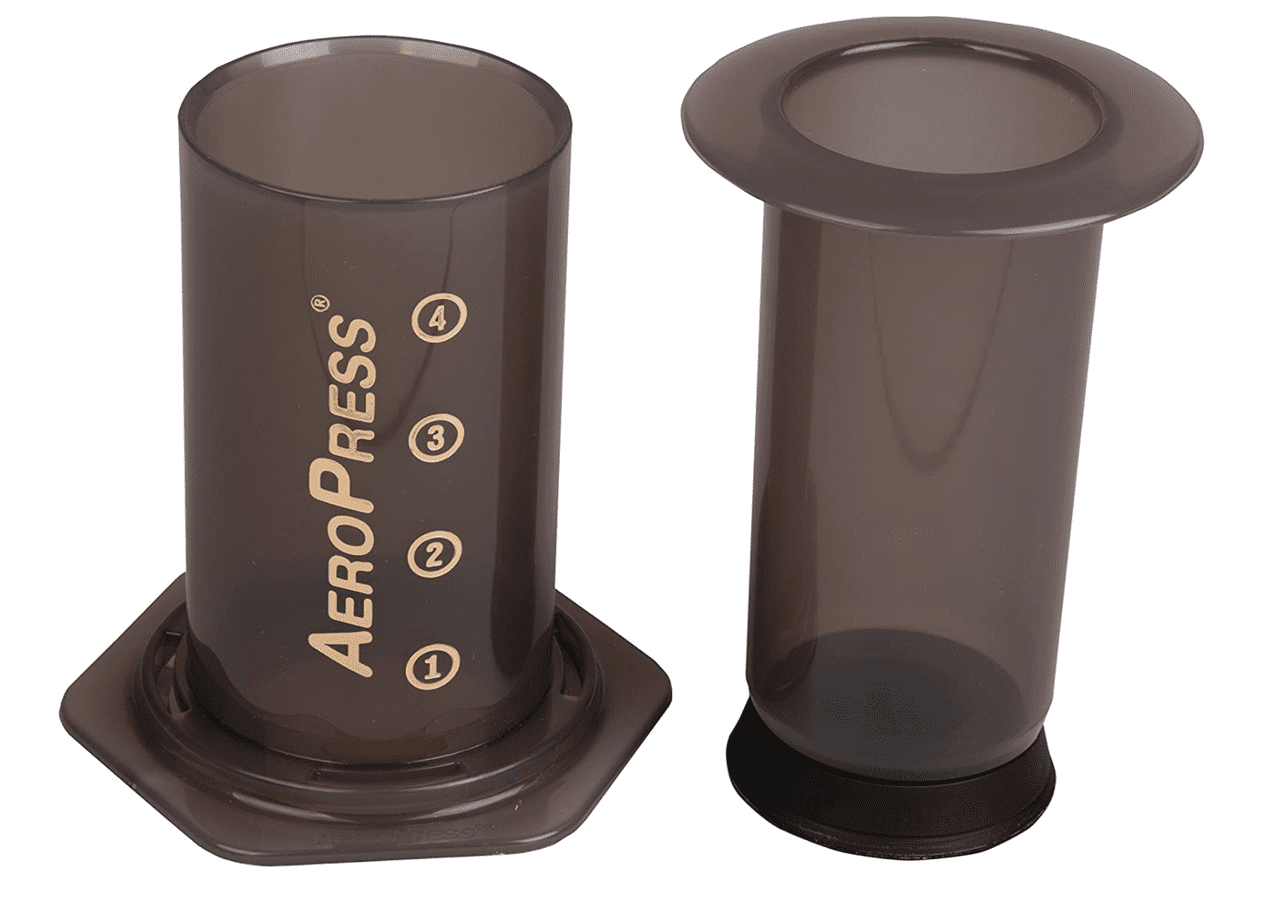
Amazon
Aeropress
$30
SHOP NOW
In coffee, there’s always some dialing in to do: if, on the first try, your coffee is too weak, then grind a bit finer. If it’s too bitter and strong, and a bit muddy, let the grind go a bit coarser on your next round.
You’ll notice that the measurements above are in grams—as annoying as it is, just as in baking, using a
scale is really the only way to get accurate measurements in coffee. Different sized beans or coffee grounds or ice cubes will leave different gaps of space in a measuring cup—generally, large chunks will leave larger gaps, and smaller chunks will leave smaller gaps. Some people estimate that 17 grams of coffee will come out to about 2 ½ tablespoons, but again, it depends on your grind. You may be able to eyeball ice after you weigh it out a few times; it comes to about nine ice cubes (not quite a full cup) from my current fridge’s ice maker, but YCSMV (your cube size may vary).
No Aeropress? You can use the same measurements above for a French press, grinding a bit coarser and letting it steep about four minutes before plunging and pouring over the ice. The results are deep and bold, though not quite as bright and balanced as the Aeropress version. Be sure to really stir your concentrate with the ice after pouring—remember you
want it to dilute a bit; that was a part of your whole calculation!
Other methods I tried
If you have the patience for pourover, try flash-brewing onto ice.
Photo and Food Styling by Joseph De Leo
The best iced coffee for
you depends on what style of coffee brewing you prefer overall. I’m an espresso drinker, so it’s not shocking that I love the methods above. But if you’re passionate for pour-over, you may want to try Japanese-style iced coffee in your
Chemex or
other dripper. Moser recommends substituting about 40% of your water with ice, which means for 12 ounces of iced coffee (which is quite a bit!), you’re going to use 25 grams of medium-finely ground coffee, 250 grams of hot water (between 205°F and boiling), and 150 grams of ice in the decanter that you’re brewing into. He sets up the weighed ice in the vessel under the pourover filter, then starts with the first 65 grams of water and a quick stir, waiting 45 seconds to let the bed of coffee get saturated, then adds 80 grams more, then the last 115 grams. The ice that chills the brew will also dilute it to its proper strength. The whole process takes about 2 minutes and 30 seconds. To be honest, it’s more than I can handle early in the morning, though the flavor does a decent job of capturing coffee’s refreshing, fruity side.
The same flash-brewing concept works in your regular
drip coffee pot, too: Substitute 40% of the water you’d usually use with ice in the carafe, grinding your coffee a bit finer than you usually might. For this and all other iced coffee methods, I recommend doing any water-related math the night before and leaving yourself a note. Your not-yet-caffeinated brain will thank you.

